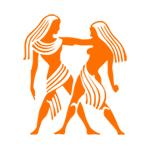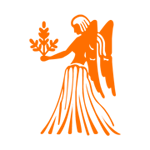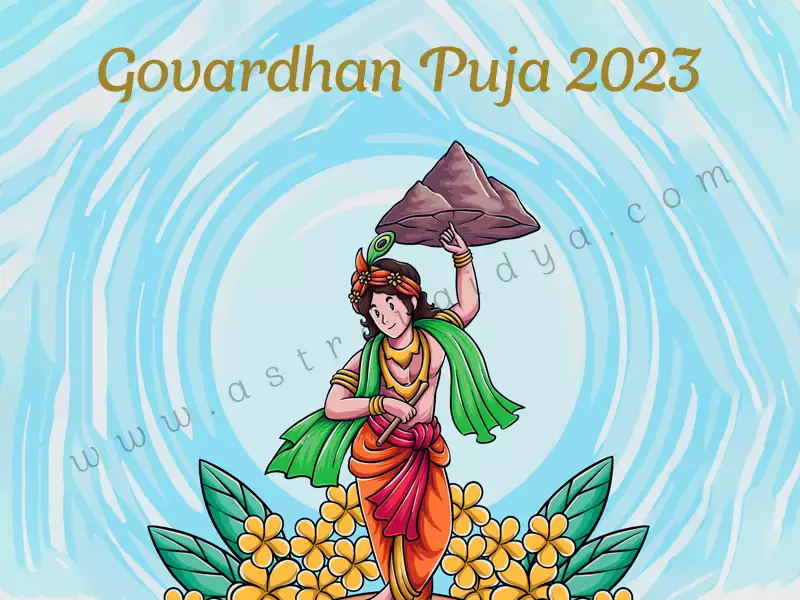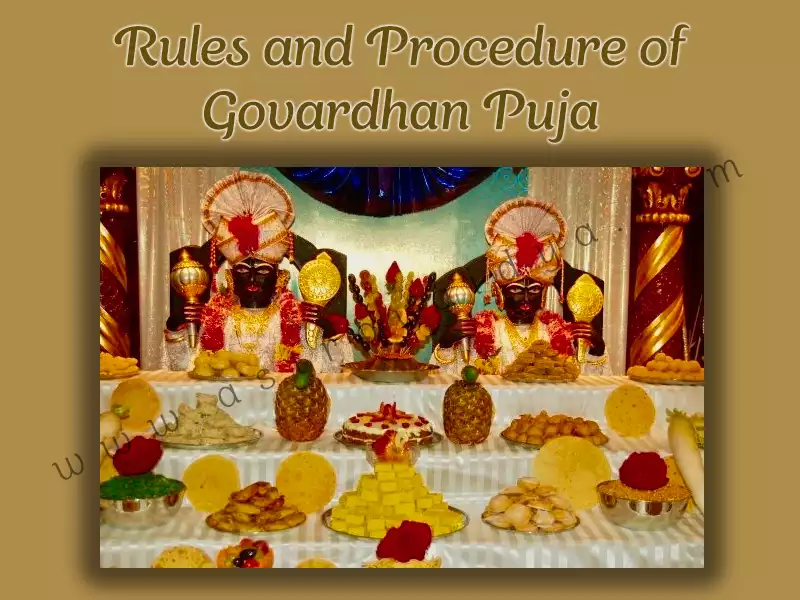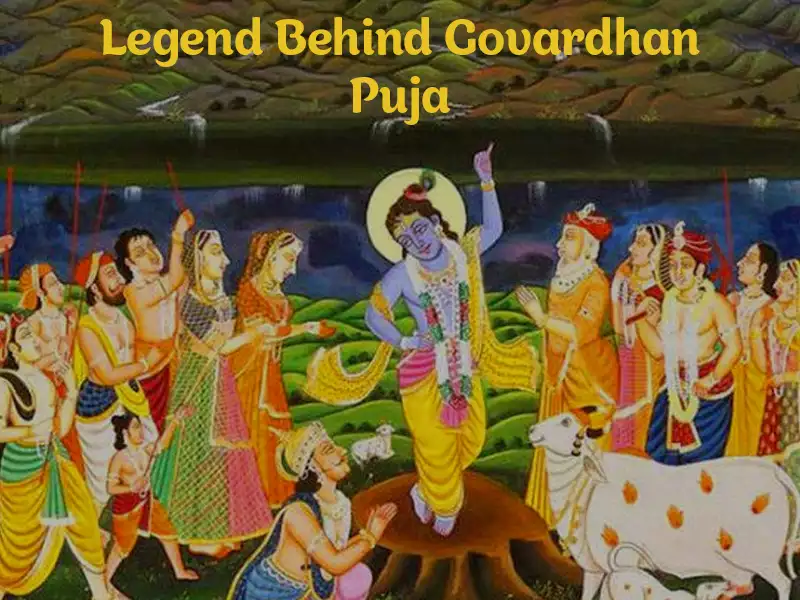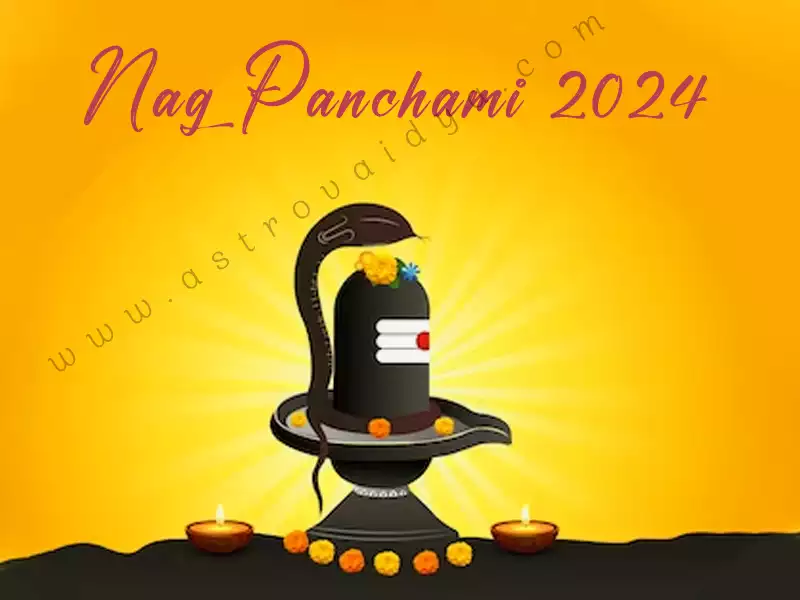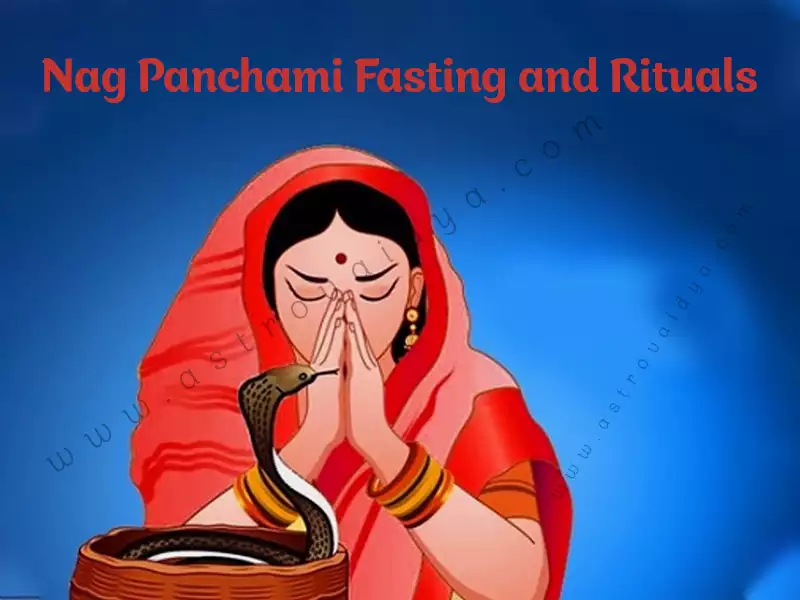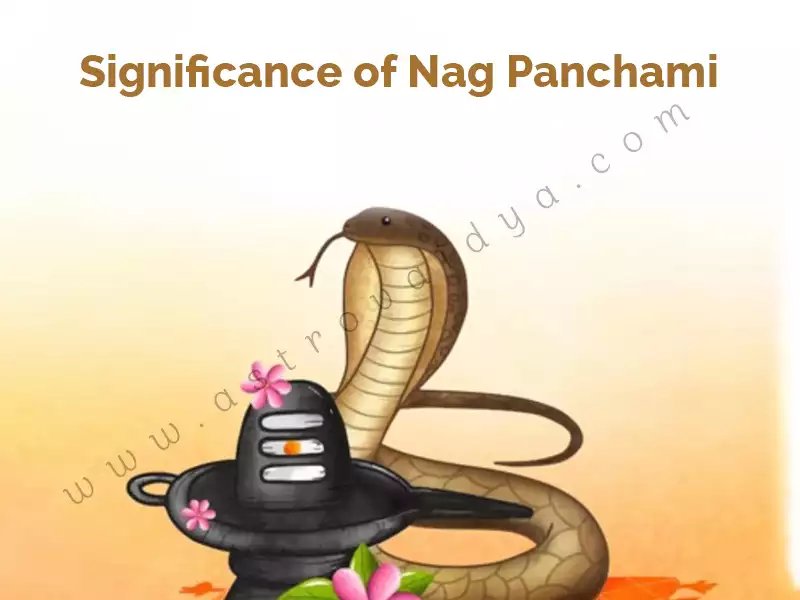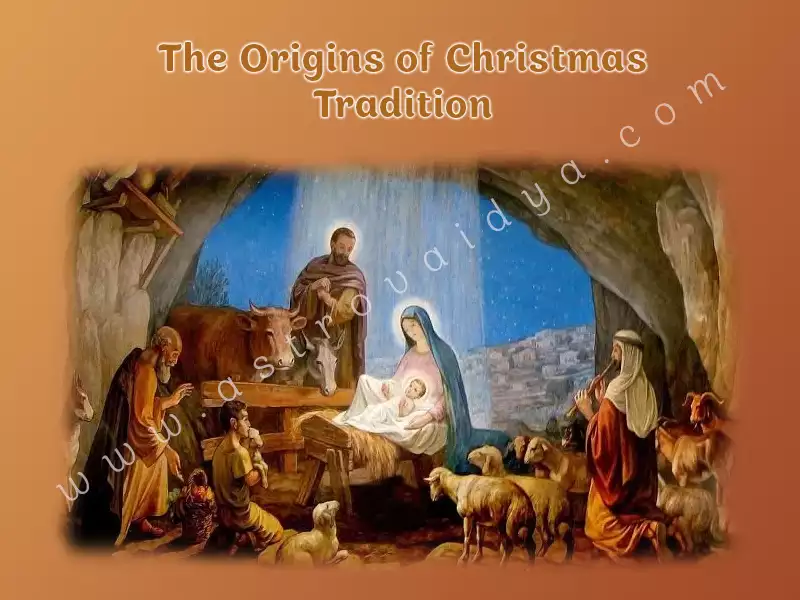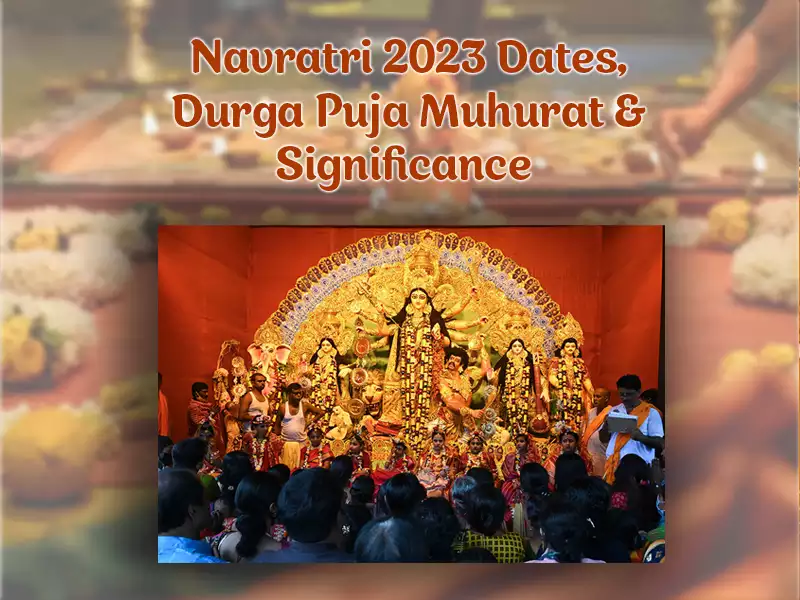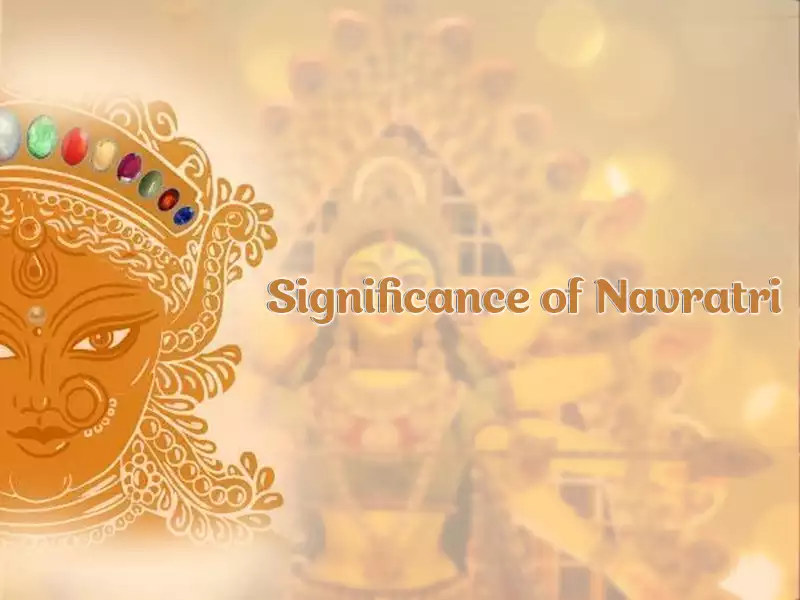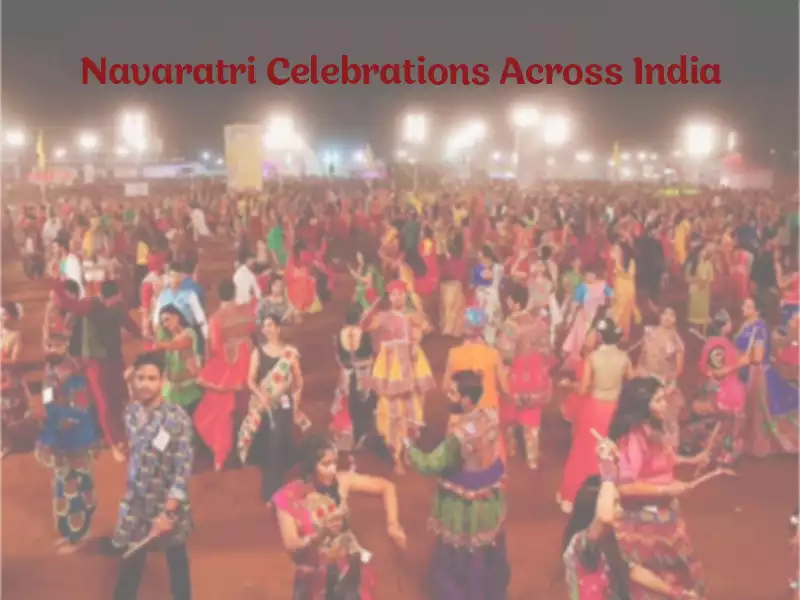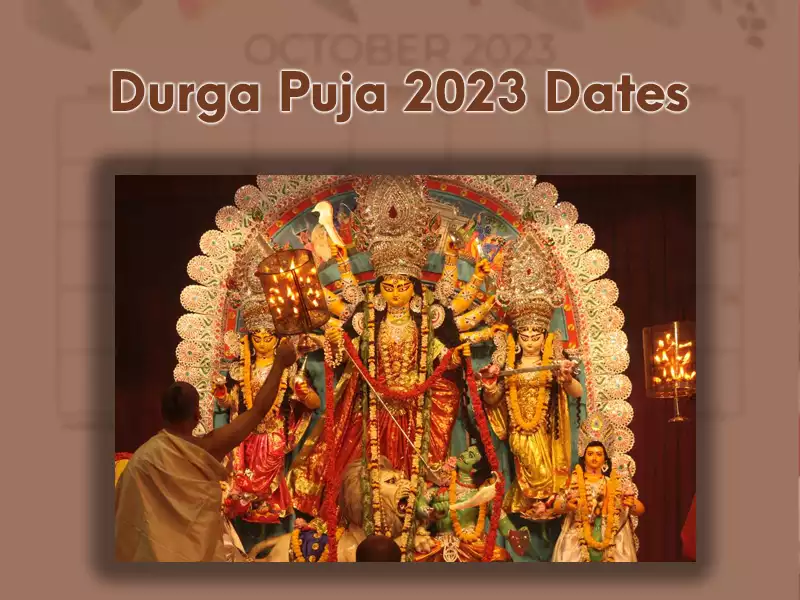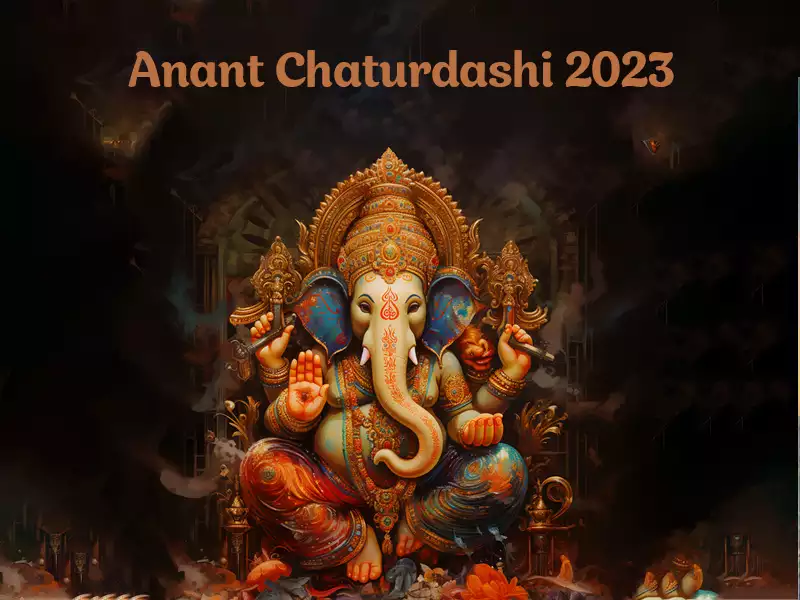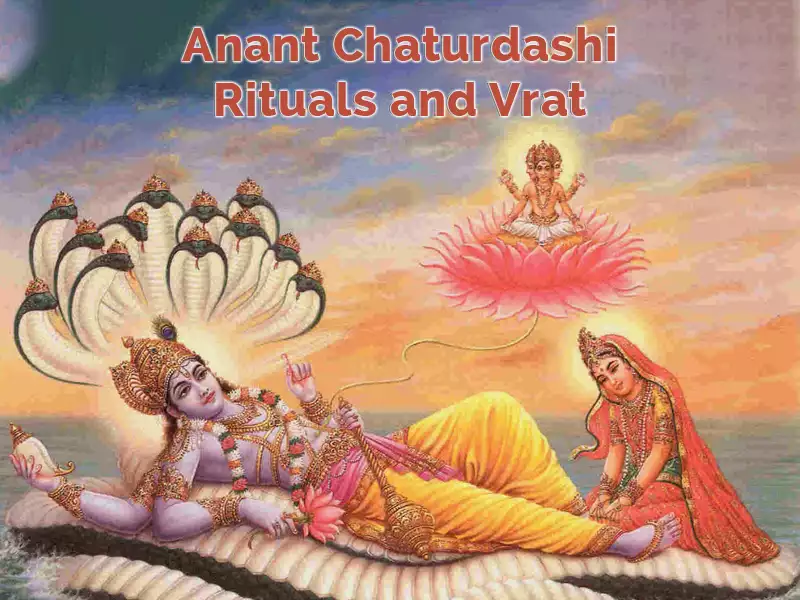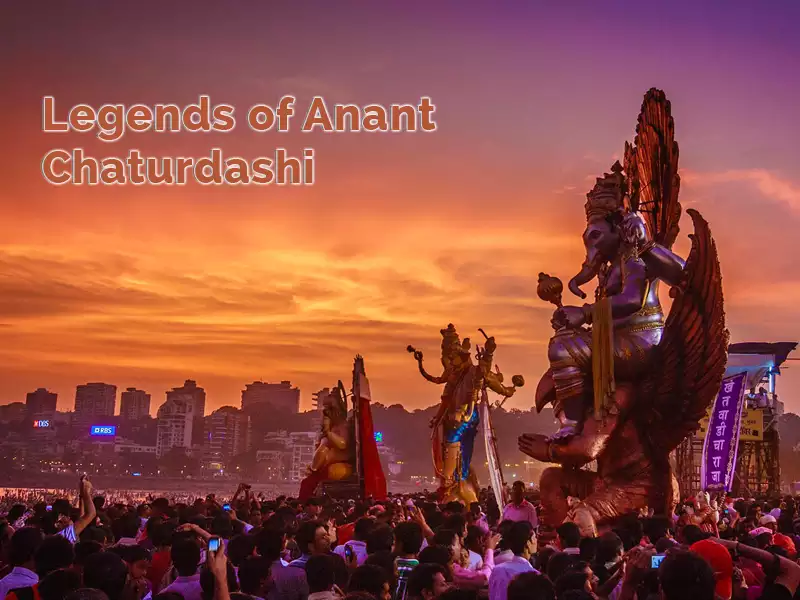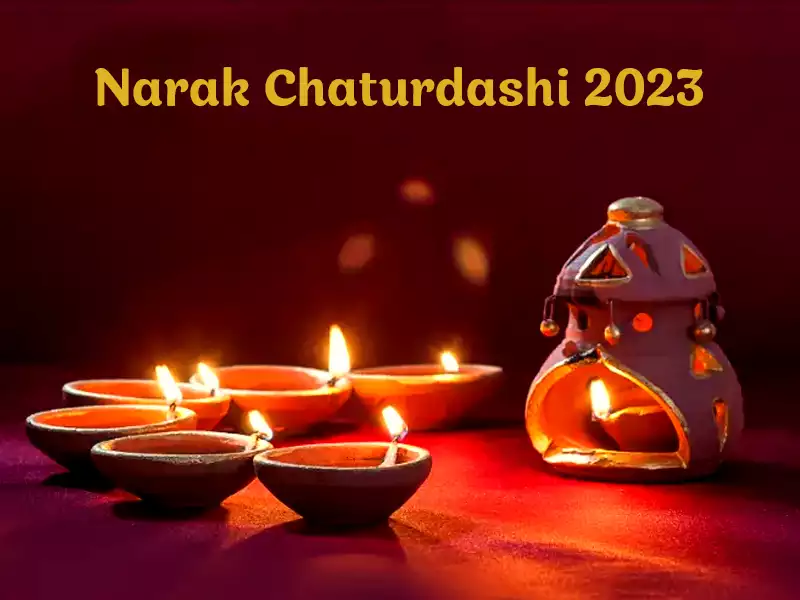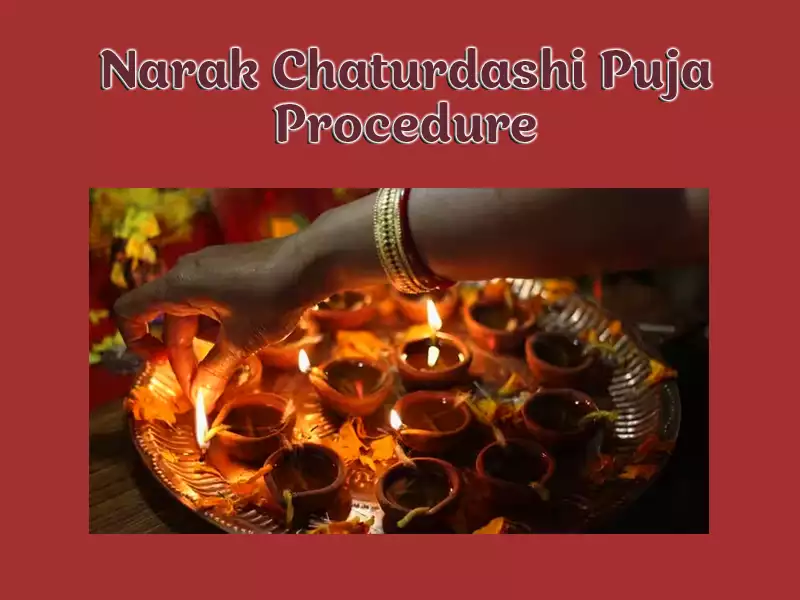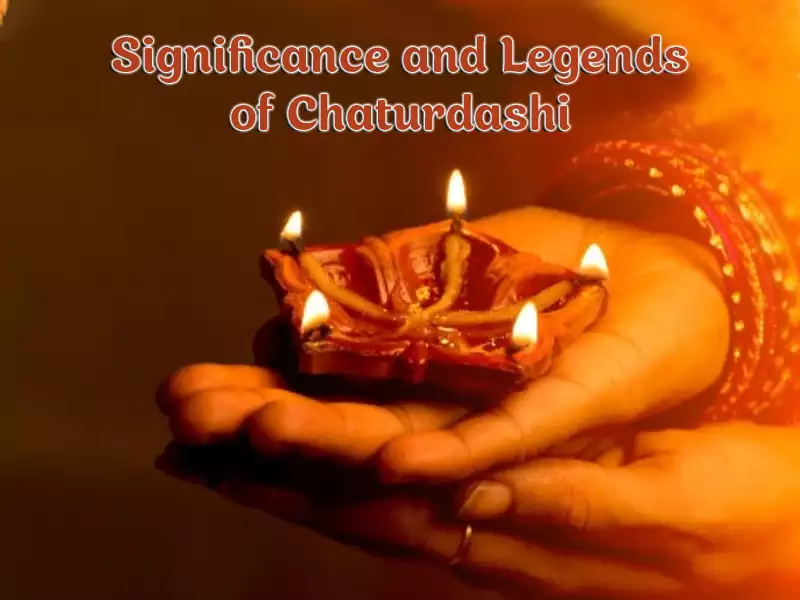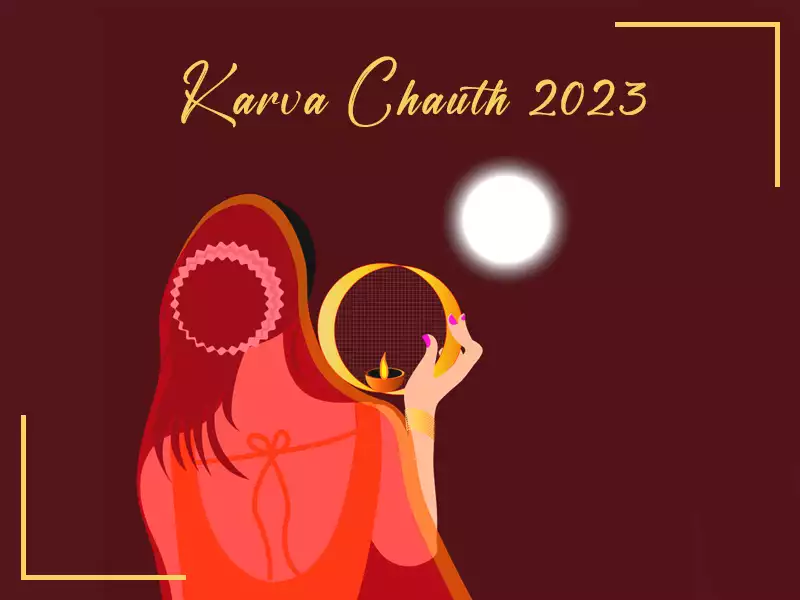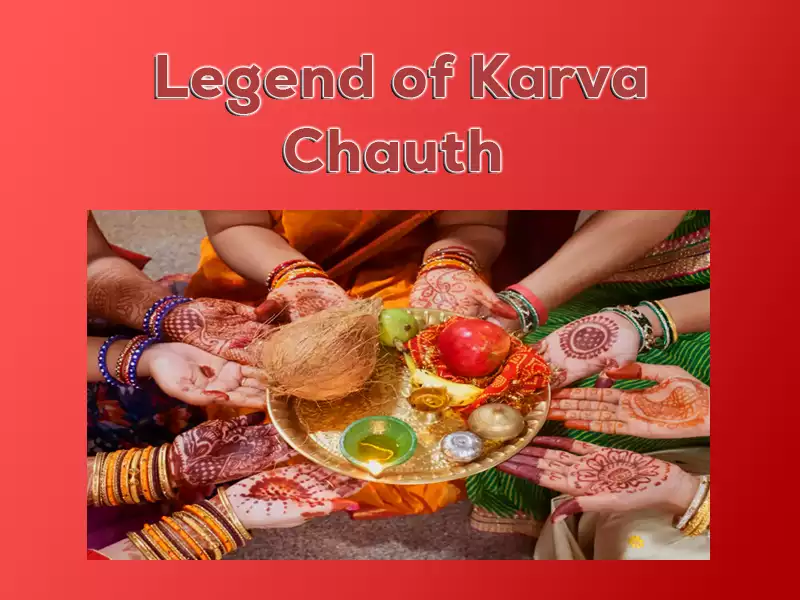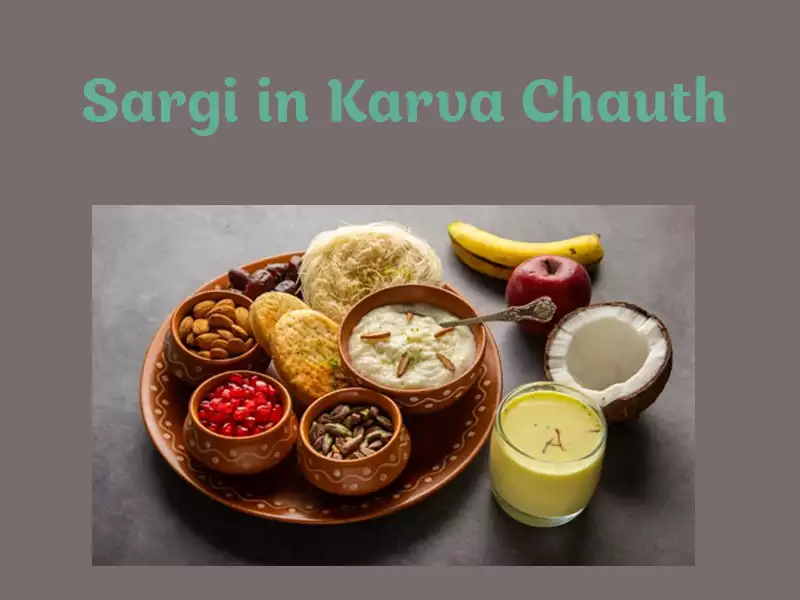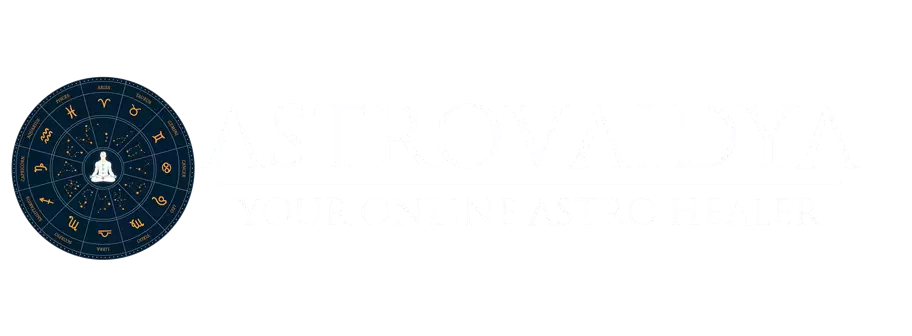Angel Number 310 Meaning and Significance
In this blog, we will discuss Angel Number 310 Meaning and Significance. We will explore the symbolism and messages behind this number, and how it may relate to your life. By understanding the significance of angel number 310, you can gain a deeper insight into your spiritual journey and the path that lies ahead. So, let’s dive in and explore what angel number 310 means.

Have you recently seen Angel number 310?
If you frequently encounter Angel number 310 in your daily life, you might wonder what it means. You may have seen the time is 3:10 when you glanced at your watch, received a receipt for $3.10, or discovered the number 310 in other unexpected locations.
But why do you keep seeing 310, exactly? Is this number really a coincidence, or does it have a deeper meaning?
The number 310 is an angel number, according to numerology and spirituality, and it conveys a special message from the angels or the universe. We’ll look at the symbolism, significance, and potential applications of angel number 310 to your life in this post. Understanding the meaning of angel number 310 can provide insightful information and assist you in moving forward with better clarity and self-assurance, whether you are going through a challenging moment or simply seeking assistance on your spiritual path.
Also, read about Jupiter in the 8th House
Angel Number 310 Meaning
Your guardian angels are sending you a strong message with the angel number 310, advising you to keep a cheerful attitude. You have a gift that will help you go through even the most difficult obstacles: your state of mind. Whenever you see angel number 310, it means that the divine world is urging you to let go of any worries or skepticism that are preventing you from moving forward and to reconcile your emotions with a spiritual viewpoint.
Anger, deep-seated fears, and guilt from the past can all be let go by doing this. This will free up time for you to concentrate on yourself, pick up new talents, and significantly make your life.
Angel number 310 also exhorts you to use your communication skills to bring joy, happiness, blessings, and pleasure into your life as well as the lives of those around you. To speak your truths and discover your divine life purpose, you are being called.
Angel number 310 serves as a reminder to put your own needs before your soul’s objective. In order to better serve your purpose and realize your best potential, taking care of yourself will make you happy and clear.
Trust that anything you send out into the cosmos, will come back to you in positive ways, and believe in yourself. Gracefully accept the favors and benefits that the universe and the angels bestow upon you.
Angel Number 310 Significance
The angel number 310 carries a potent message from the heavenly realm. The energies of the numerals 3, 1, and 0 are combined, each with a special vibrational frequency and meaning. When this sequence of angel number 310 occurs regularly in your life, it means that your angels and spiritual guides are attempting to get your attention in order to offer you helpful advice and assistance.

The number angel number 3 stands for development, imagination, self-expression, and growth. It connects with the energies of Ascended Masters, who are always there to help you on your spiritual path. Number 3 inspires you to be optimistic, keep an open mind, and seize any new possibilities that come your way. It also advises using your intuition and inner wisdom to help you navigate the difficulties of life.
On the other side, angel number 1 stands for fresh starts, initiative, self-reliance, and aggressiveness. It is a sign that a new chapter in your life is about to begin, and the angels want you to follow your intuition and take the required actions to realize your objectives. The number 1 serves as a reminder that you have the ability to shape your reality and that you shouldn’t be scared to take calculated risks in order to realize your goals.
The angel number 0 is a representation of infinity, totality, and spiritual development. It represents the Universal Energies and God’s force and increases the energies of the other numbers in the series. It inspires you to accept your inner divinity and get in touch with your spiritual side. The number 0 serves as a symbol to remind you that you are a part of something greater than yourself and that your life has meaning beyond yourself.
The strong message of angel number 310 is created when the energies of these three numbers come together. This series exhorts you to let go of grudges and resentments from the past and approach life from a more spiritual standpoint. Angel number 310 serves as a reminder to put your attention on speaking your own truths and discovering your mission by having faith and confidence. whenever you see the angel number 310, it means that angels want you to make the most of your special abilities and skills to provide joy, happiness, and serenity to the people around you.
Angel number 310 also urges you to step beyond your comfort zone and get ready for a new beginning in your life. The angels want you to accept change and have faith that everything will turn out for the best, whether you are starting a new job, pursuing a new interest, or going on a spiritual quest. Keep in mind that people who take chances and believe in themselves are rewarded by the universe.
Also, read about Mangal Dosha
Conclusion
As a result, angel number 310 is a potent message from the heavenly realm asking you to let go of old grudges and approach life from a positive and spiritual perspective. This number inspires you to use your special talents and communication abilities to improve both your own and those around you.
The energies of the numerals 3, 1, and 0 together in this sequence serve as a reminder to believe in yourself and take cautious chances, knowing that the universe rewards those who believe in themselves. Understanding the significance of angel number 310 can help you better comprehend your spiritual path and the challenges that lie ahead. So pay heed to angel number 310, accept what it has to say, and put your faith in the celestial realm’s wisdom.




